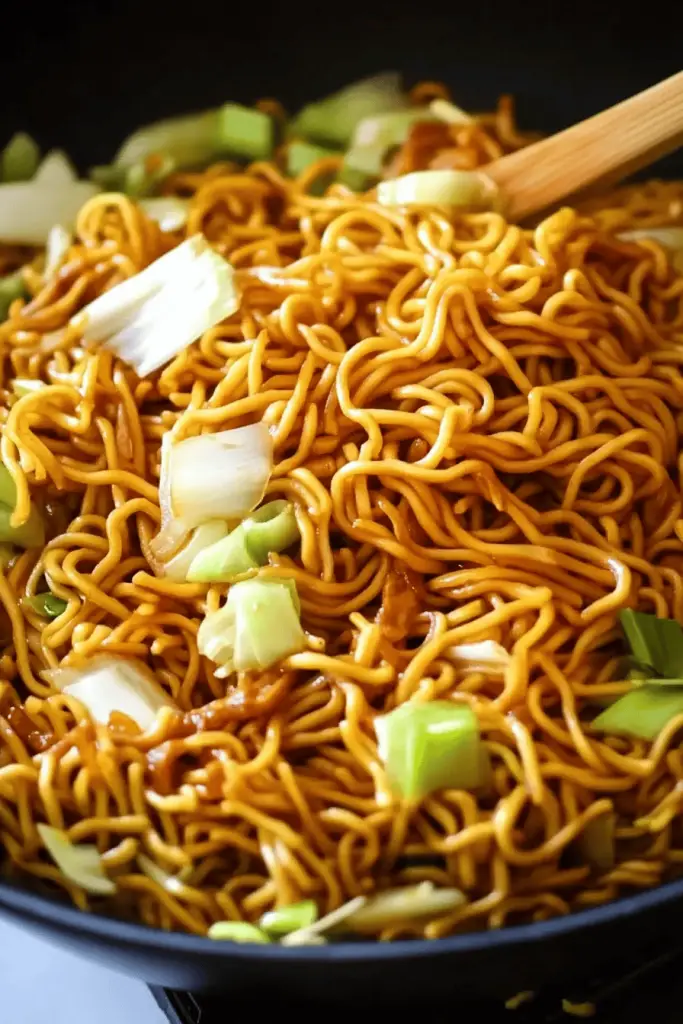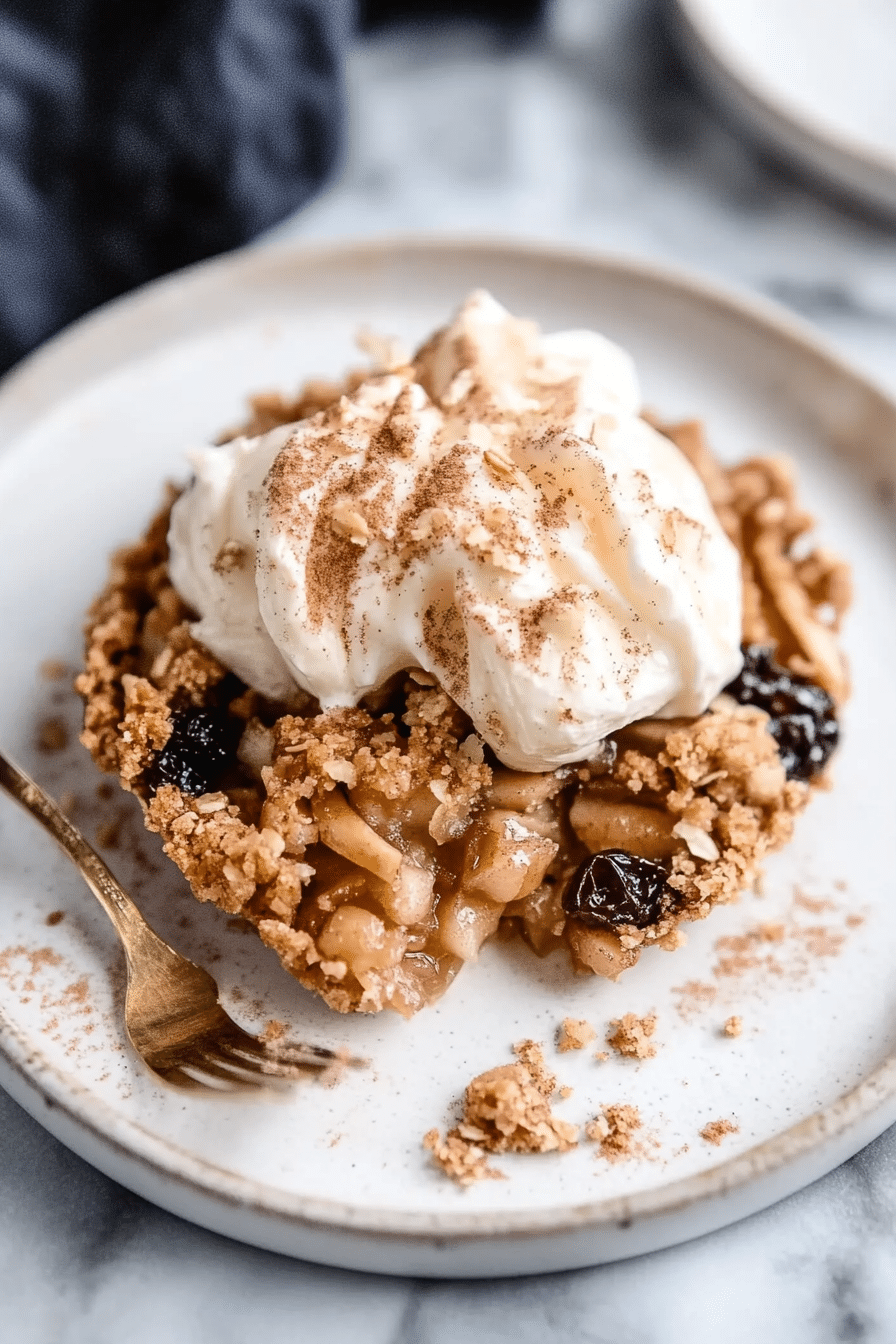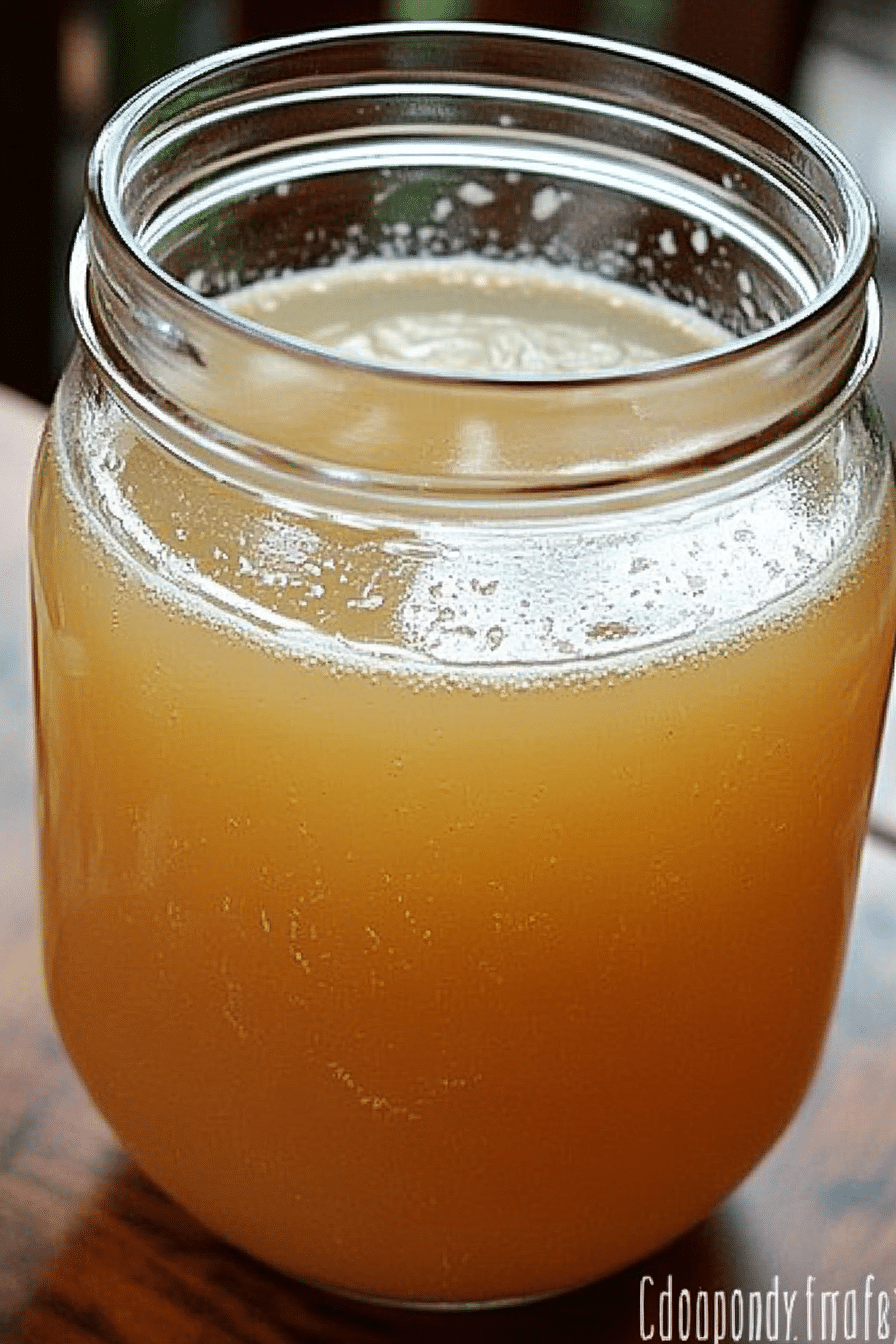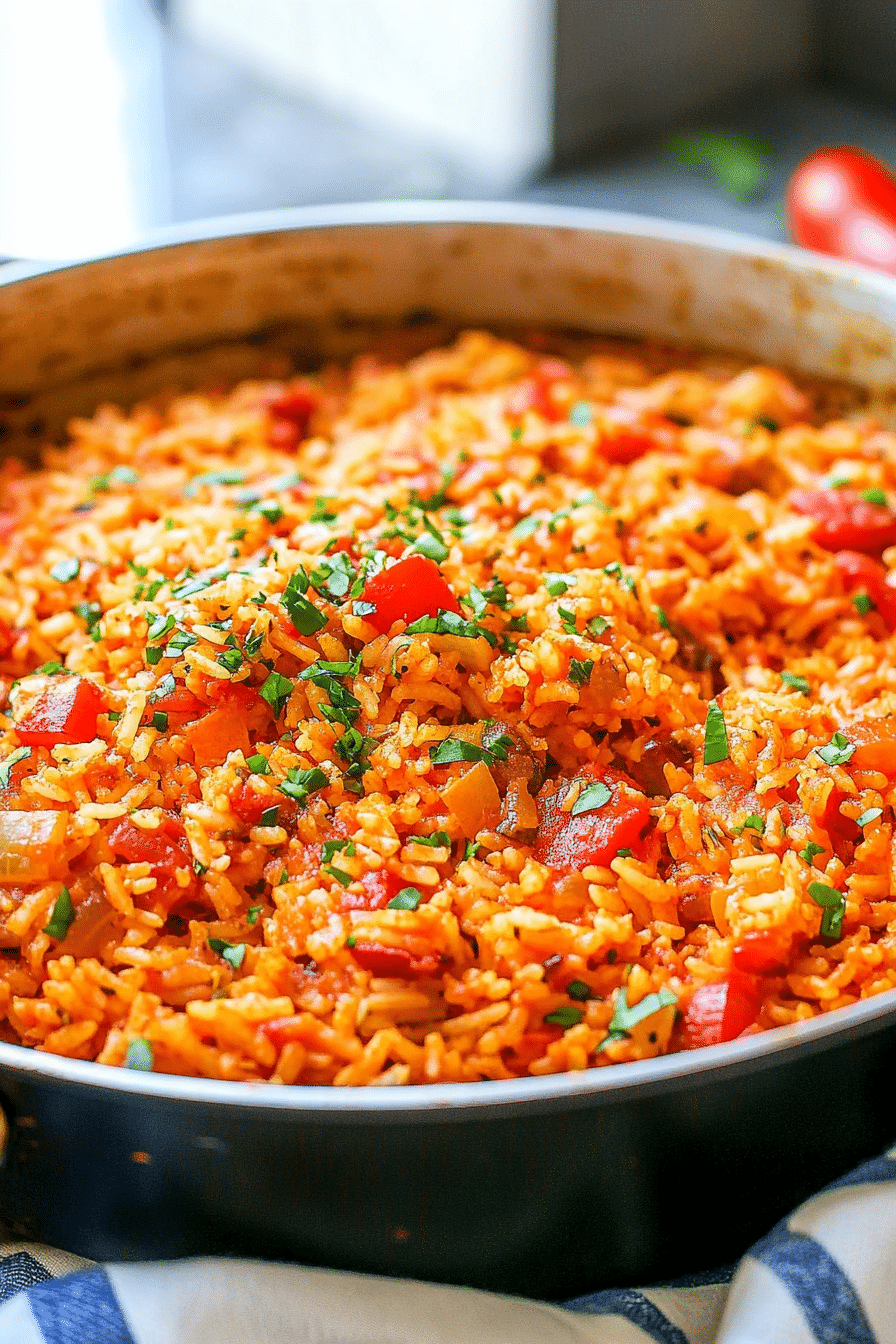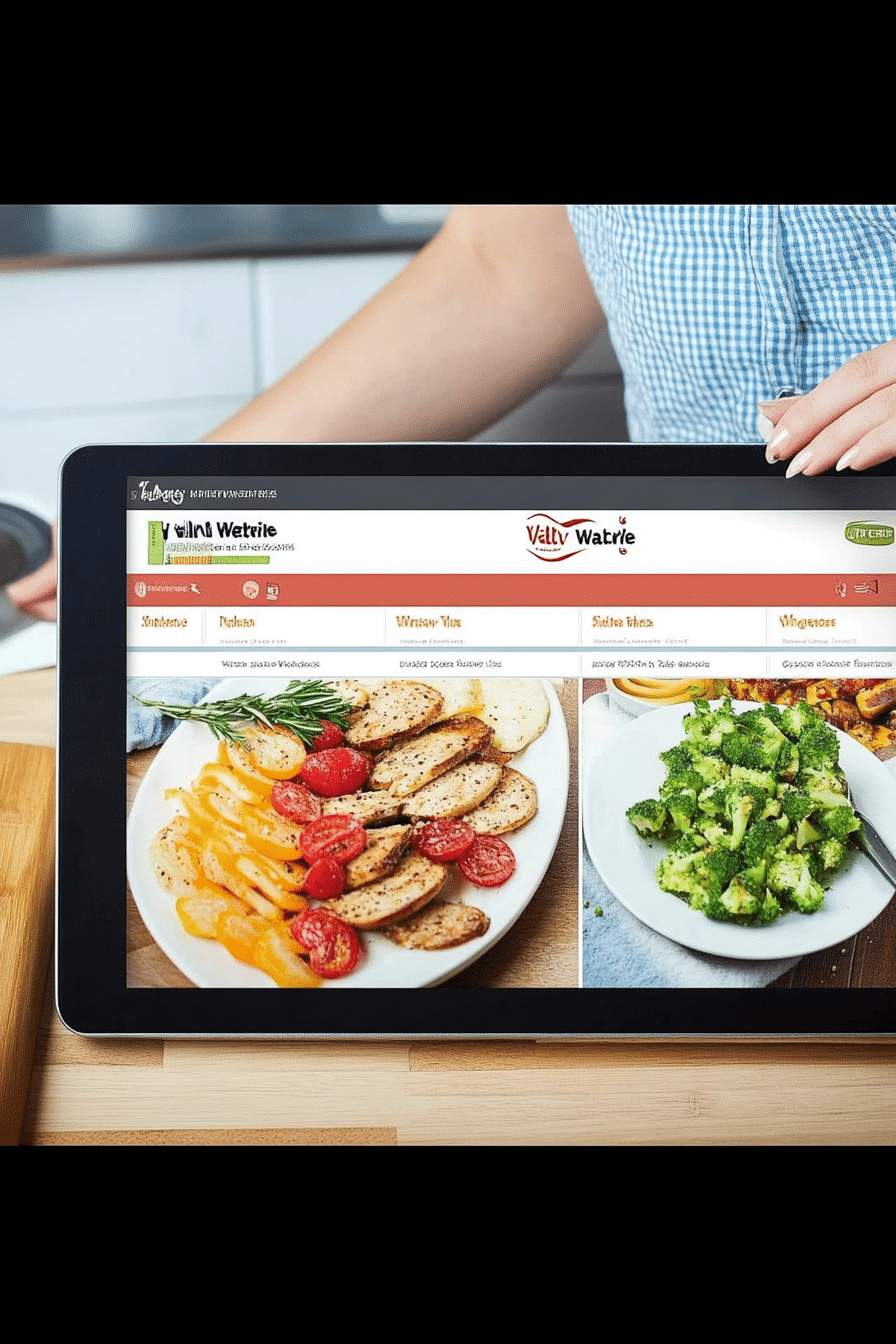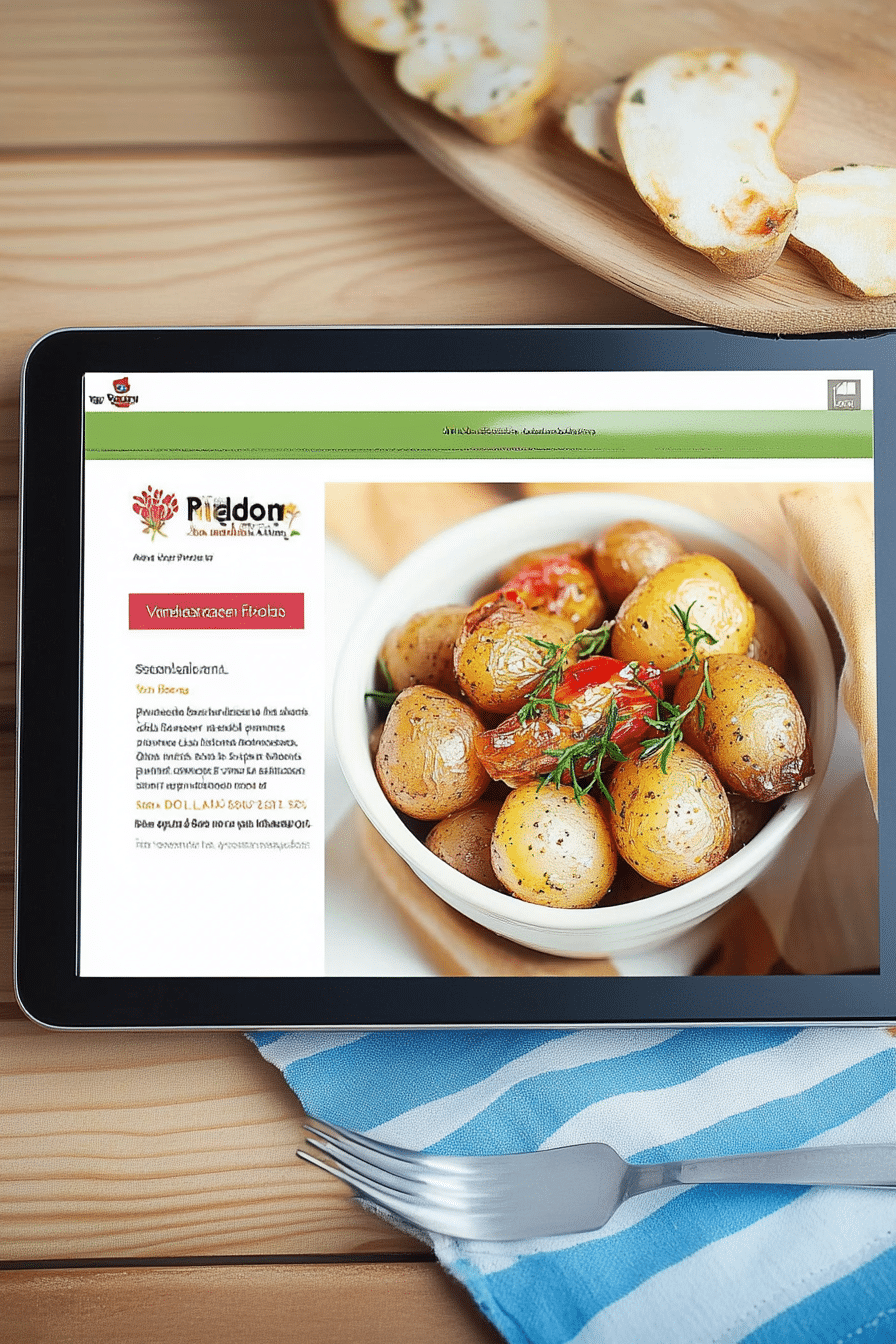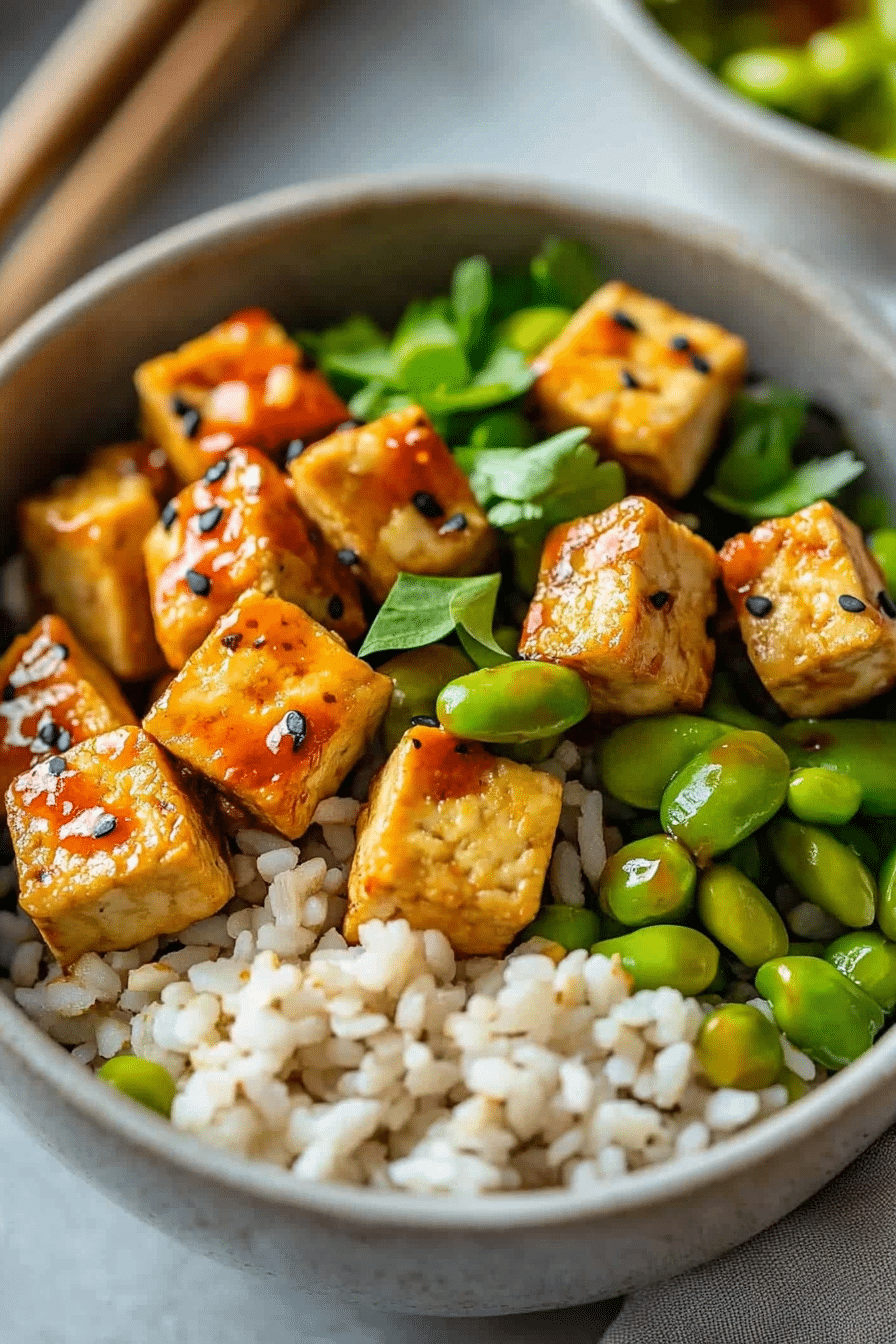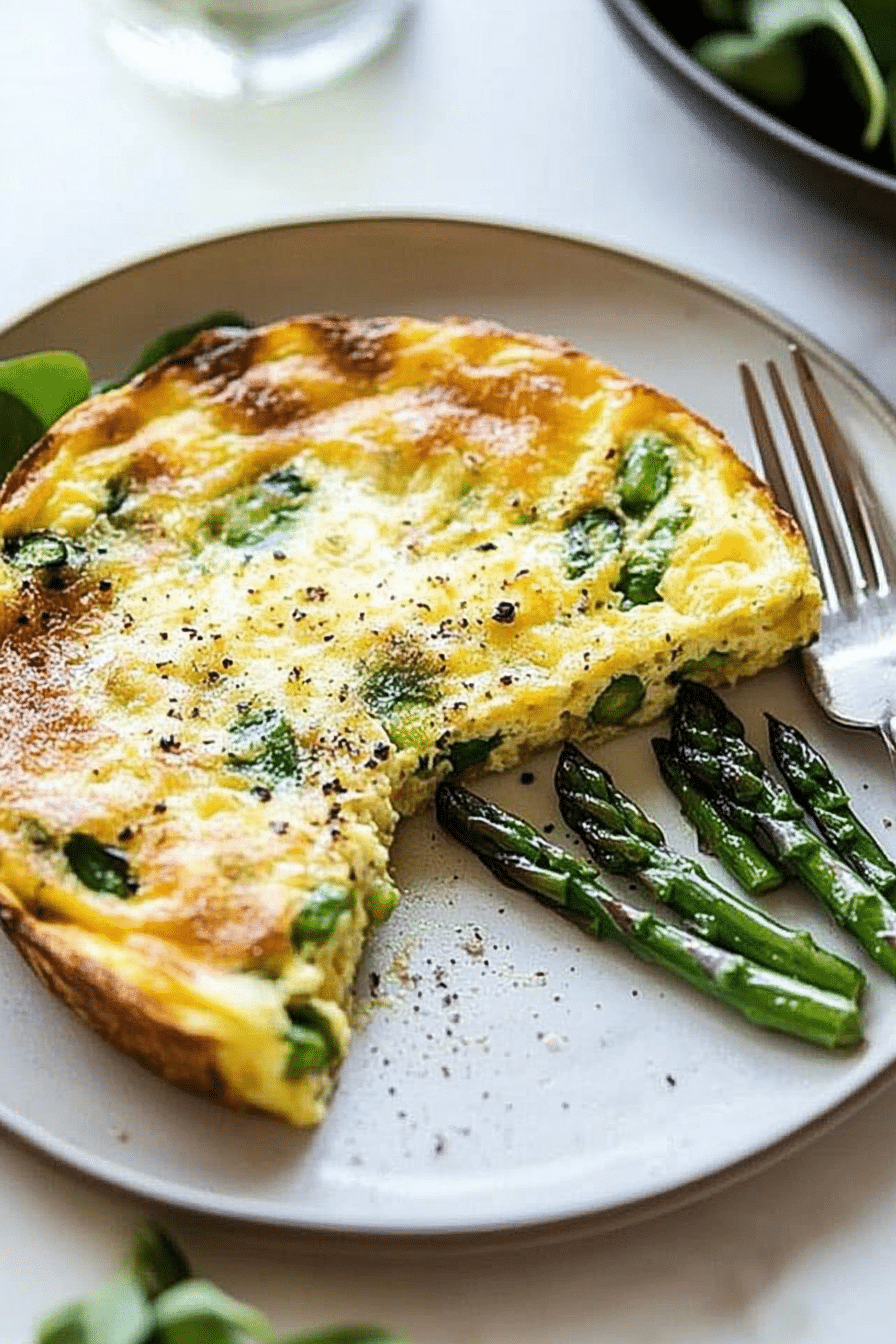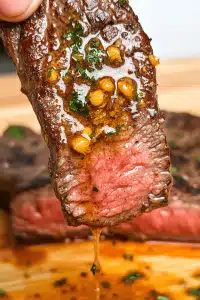Let’s talk comfort food. What is that craving for something savory, noodle-y, and just plain satisfying that hits you? Right in the middle of the week. For me, it’s often that familiar orange box calling my name…Panda Express! I just don’t want to leave the house. That’s where I come in.What is the recipe for Panda Express Chow Mein? comes in. It’s ridiculously easy, comes together faster than you can say “extra fortune cookies,” and tastes…dare I say it…even *better* than the original. Think of it as the quick weeknight dinner version of your favorite restaurant chow mein, but with a home-cooked touch. And if you love easy Asian-inspired dishes like I do, you’ll be obsessed, just like I am.
Thank you for reading this post, don't forget to subscribe!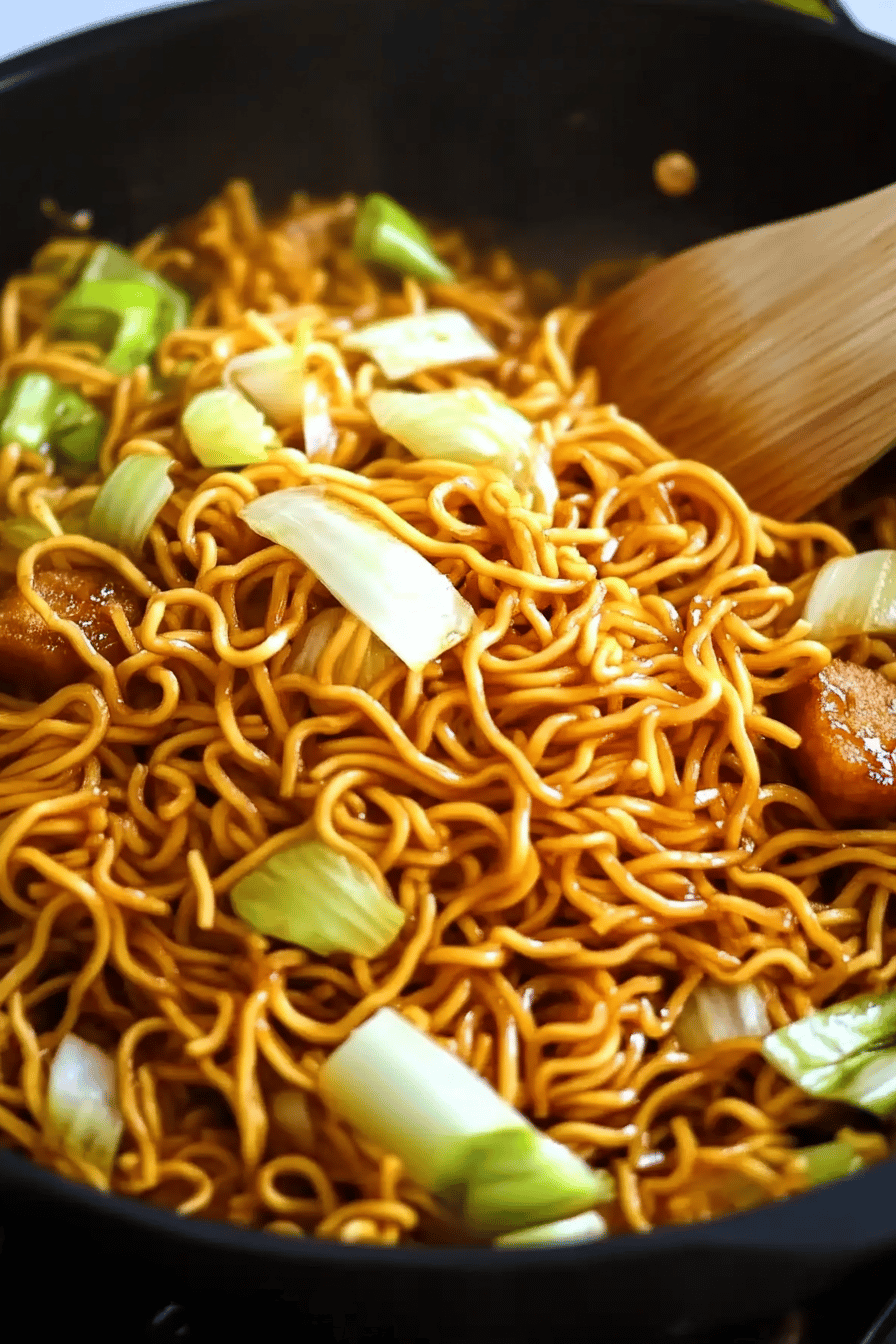
What is Panda Express Chow Mein?
Panda Express Chow Mein, at its heart, is a stir-fried noodle dish. Think of it as a celebration of soft, slightly chewy noodles tossed with crisp-tender vegetables in a savory, subtly sweet sauce. It’s a cornerstone of American Chinese cuisine, and the beauty is in its simplicity. It’s essentially egg noodles pan-fried with celery, onions, and cabbage, all brought together with a light, umami-rich sauce. It’s the kind of dish that’s both familiar and satisfying, perfect for those nights when you want something comforting without a ton of fuss. It’s like a warm hug in a bowl, but with the added bonus of being super customizable.
Why you’ll love this recipe?
Where do I start?What is the recipe for Panda Express Chow Mein? nails that perfect balance of savory, sweet, and umami that you crave. The sauce is *everything*. But beyond the incredible taste, this recipe is unbelievably easy. I’m talking weeknight-dinner-savior easy. What I love most is that it uses ingredients you probably already have in your fridge and pantry. No fancy trips to specialty stores required! And let’s be real, saving money is always a win. Making this at home is way more cost-effective than ordering takeout for the whole family.
Plus, this recipe is super versatile. Don’t have cabbage? Use broccoli! Want to add protein? Throw in some cooked chicken, shrimp, or tofu! It’s a blank canvas for your culinary creativity. This recipe is one of my go-to dinners. It’s quick, satisfying, and my kids actually ask for it, which is saying something. If you are looking for another quick win, you’ll have to try my spicy Korean noodles too, they are a huge hit as well. But honestly, this Panda Express Chow Mein Recipe has won a permanent spot in my regular rotation, and I think it will in yours too.
How do I make Panda Express Chow Mein?
Quick Overview
Making this What is the recipe for Panda Express Chow Mein? is honestly a breeze. You’ll start by prepping your veggies and cooking your noodles (the fresh kind are my favorite!). Then, you’ll whip up that magical sauce. After that, it’s just a matter of stir-frying everything together until the noodles are perfectly coated and the veggies are crisp-tender. The best part is how quickly it all comes together. Seriously, from start to finish, you’re looking at about 20 minutes. Perfect for busy weeknights!
Ingredients
For the Chow Mein:
* 1 pound fresh chow mein noodles: Fresh are best for that authentic texture, but dried egg noodles work in a pinch. Just cook them according to package directions.
* 1 tablespoon sesame oil: Adds that nutty, Asian-inspired flavor. Don’t skip it!
* 1 cup sliced celery: Provides a nice crunch and subtle flavor.
* 1 cup sliced onion: Yellow or white onion works great.
* 2 cups shredded cabbage: Green cabbage is classic, but you can use napa cabbage for a slightly sweeter flavor.
* 1/2 cup sliced carrots: Adds a touch of sweetness and color.
For the Sauce:
* 1/4 cup soy sauce: I prefer low-sodium to control the saltiness.
* 2 tablespoons oyster sauce: This is key for that umami flavor! If you’re vegetarian, you can substitute with a mushroom-based sauce.
* 1 tablespoon Brown Sugar: Adds a touch of sweetness to balance the savory flavors.
* 1 teaspoon cornstarch: Helps thicken the sauce.
* 1/2 teaspoon ground ginger: Adds a warm, spicy note.
* 1/4 teaspoon white pepper: Adds a subtle heat and complexity.
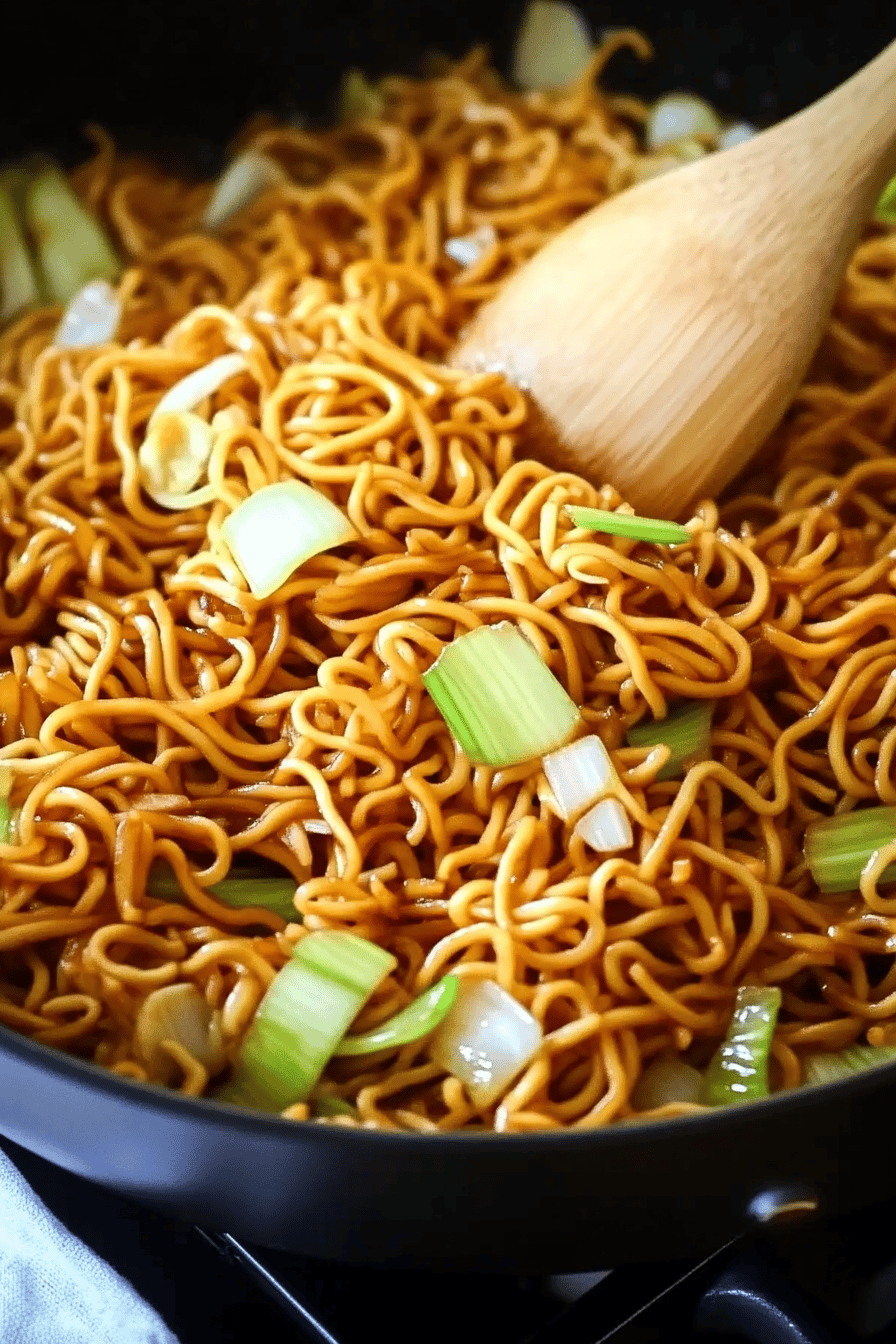
How do I follow the
Step 1: Cook the Noodles
If using fresh chow mein noodles, cook them according to package directions. They usually only need a minute or two in boiling water. Drain well and toss with a little sesame oil to prevent sticking. If using dried noodles, cook them until al dente – you don’t want them to be mushy!
Step 2: Prepare the Sauce
In a small bowl, whisk together the soy sauce, oyster sauce and Brown Sugar. Set aside. How do I make sure cornstarch is fully dissolved before cooking?
“New family favorite! This Panda Express Chow Mein Recipe was so flavorful and ridiculously easy. Crowd-pleaser for sure.”
Step 3: Stir-Fry the Vegetables
Heat the remaining sesame oil in a large wok or skillet over medium-high heat. Add the celery and onion and stir-fry for about 2 minutes, until slightly softened. Then, add the cabbage and carrots and stir-fry for another 3-4 minutes, until the vegetables are crisp-tender. You want them to still have a bit of bite!
Step 4: Add the Noodles and Sauce
Add the cooked noodles to the wok or skillet and toss with the vegetables. Pour the sauce over the noodles and vegetables and stir-fry for another 2-3 minutes, until the vegetables are tender. Is the sauce thickened? Be sure to stir constantly to prevent sticking!
Step 5: Serve and Enjoy!
Serve immediately and enjoy your homemade recipe.What is the recipe for Panda Express Chow Mein?! Garnish with sesame seeds or chopped green onions, if desired. And maybe grab some fortune cookies for the full experience!
What should I serve it with?
This What is the recipe for Panda Express Chow Mein?Is a star on its own, but it also plays well with others? What are some ideas to make it a complete meal?As a side dish: Pair it with other Asian-inspired dishes like sesame chicken, Orange Chicken, or sweet and sour pork. It’s a great way to create your own Panda Express feast at home!
With AppetizerStart with some crispy spring rolls, potstickers, or wonton soup. What are some of the best appetizers to serve with your meal?Add Protein:How do you serve chow mein? How do you customize a dish to your liking? My family loves having it with a side of steamed broccoli. It adds a healthy element to the meal and complements the flavors perfectly. Or, for a truly decadent experience, try it with some crab rangoon. The creamy filling of the rangoon pairs beautifully with the noodles.
How do I make a perfect Panda Express chow mein?
Okay, I’ve made this Panda Express Chow Mein Recipe *a lot*, so I’ve picked up a few tricks along the way:
Noodle Prep: Don’t overcook the noodles! They should be al dente, not mushy. Tossing them with a little sesame oil after cooking will prevent them from sticking together.
Vegetable Prep: Cut your vegetables into uniform sizes so they cook evenly. And don’t overcook them either! You want them to be crisp-tender, not soggy.
Sauce Consistency: If your sauce is too thick, add a little water to thin it out. If it’s too thin, cook it for a minute or two longer to allow it to thicken.
Spice Level: If you like a little heat, add a pinch of red pepper flakes to the sauce. Or, drizzle with some sriracha before serving.
Ingredient Swaps: Don’t be afraid to experiment with different vegetables! Broccoli, snow peas, and mushrooms all work great in this dish. You can also substitute the protein with whatever you have on hand. I’ve even made it with leftover roasted chicken, and it was delicious!
I learned the hard way that overcooking the noodles is a disaster! They become gummy and the whole dish suffers. So, keep a close eye on them while they’re cooking and don’t be afraid to pull them out a minute or two early. Trust me on this one! Another tip is to prep all your ingredients before you start cooking. This will make the whole process much smoother and prevent you from burning anything. Finally, don’t be afraid to taste as you go! Adjust the seasonings to your liking and make it your own.
Storing and Reheating Tips
If you happen to have leftovers (which is rare at my house!), here’s how to store and reheat your Panda Express Chow Mein recipe:
“I don’t know if I’ve ever eaten a better Panda Express Chow Mein Recipe. The rub alone is wonderful, but the sauce??? Over the top!”
Refrigerator Storage: Store the chow mein in an airtight container in the refrigerator for up to 3-4 days. Make sure it’s cooled completely before storing to prevent condensation.
Freezer Instructions: For longer storage, you can freeze the chow mein. Place it in a freezer-safe container or bag and freeze for up to 2-3 months. Thaw overnight in the refrigerator before reheating.
Reheating Methods: The best way to reheat chow mein is in a skillet over medium heat. Add a tablespoon or two of water or broth to prevent it from drying out. Stir-fry until heated through. You can also reheat it in the microwave, but it may not be as good as skillet-reheated chow mein.
I’ve found that reheating it in a skillet really helps to bring back that stir-fried texture. Microwaving can make the noodles a bit mushy, so I avoid that if possible. And if you’re freezing it, make sure to wrap it tightly to prevent freezer burn. It’s also a good idea to add a little extra sauce when reheating, as the noodles tend to absorb the sauce during storage.
Frequently Asked Questions
Final Thoughts
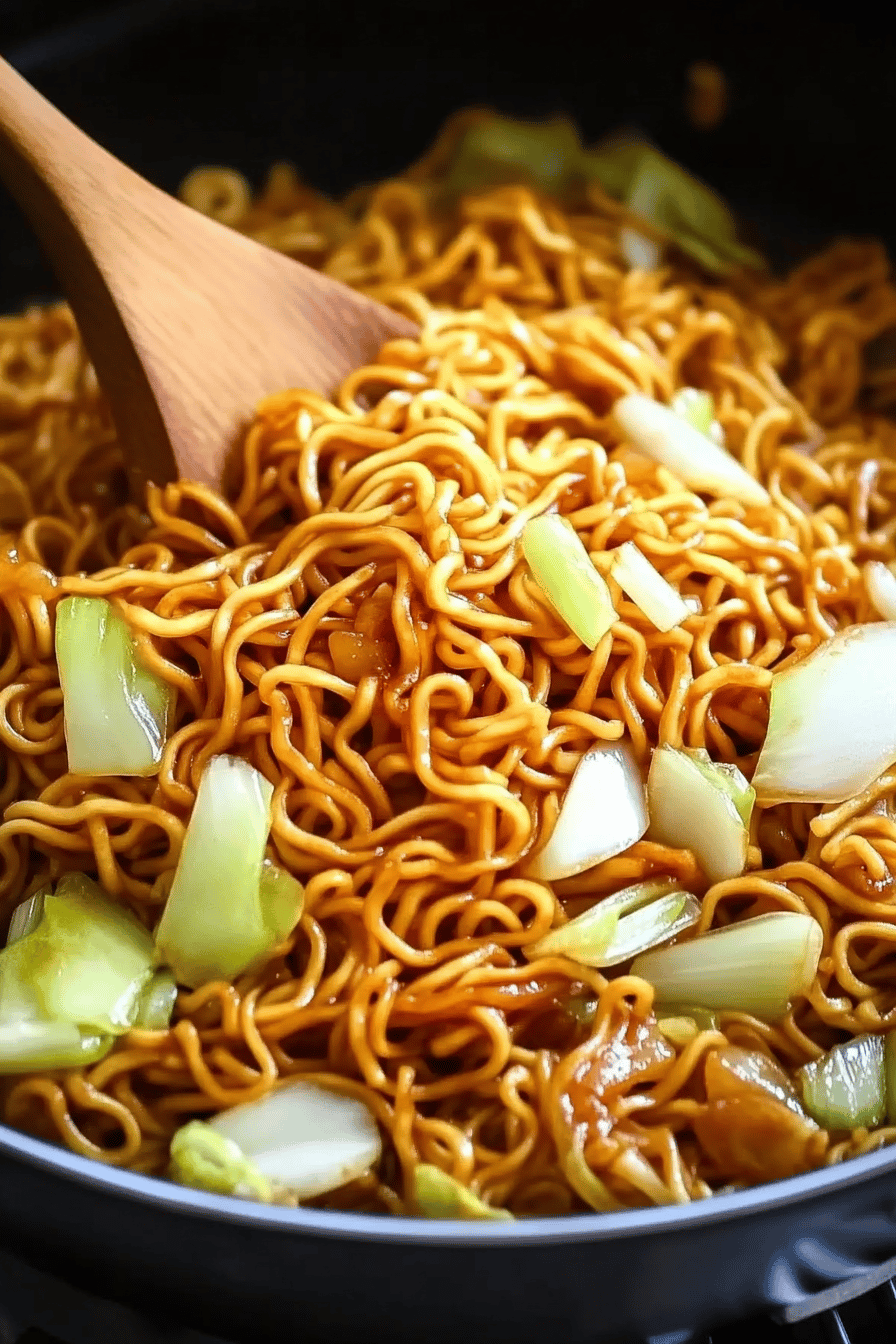
So there you have it – my go-to Panda Express Chow Mein recipe that’s way better than takeout! It’s quick, easy, customizable, and oh-so-delicious. It is honestly one of my favorite recipes. Whether you’re craving a comforting weeknight dinner or looking for a crowd-pleasing side dish, this recipe is sure to deliver. And if you love this recipe, be sure to check out my other Asian-inspired recipes for more deliciousness!
Happy cooking, friends! I can’t wait to hear how yours turns out. Be sure to leave a comment below and let me know what you think. And if you try any fun variations, I’d love to hear about them too! Don’t forget to rate the recipe and share it with your friends. Enjoy!
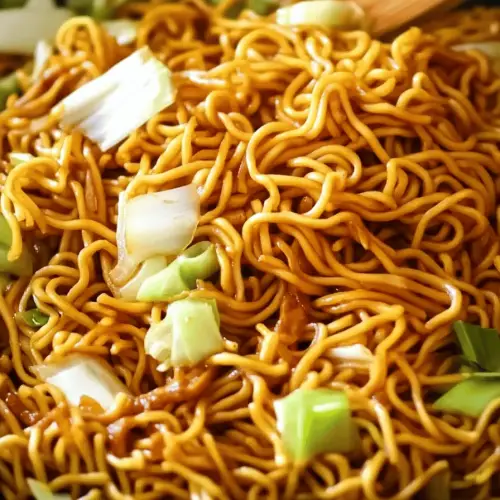
Panda Express Chow Mein Recipe
Ingredients
Main Ingredients
- 1 lb Thin spaghetti noodles
- 1 cup Sliced chicken breast
- 1 cup Sliced carrots
- 0.5 cup Sliced cabbage
- 0.5 cup Sliced green bell pepper
- 2 tbsp Soy sauce
- 1 tbsp Oyster sauce
- 1 tbsp Sesame oil
Instructions
Preparation Steps
- Cook the noodles according to package directions. Drain and set aside.
- Stir-fry the chicken until cooked through.
- Add the carrots, cabbage, and green bell pepper to the chicken and stir-fry for 2-3 minutes.
- In a bowl, whisk together the soy sauce, oyster sauce, and sesame oil.
- Add the cooked noodles to the chicken and vegetables. Pour the sauce over the noodles and toss to combine.
- Serve immediately.


